When I travel, being able to strength train is my second priority (the first is having good internet), but I can’t always count on finding a gym. So I’ve come to depend on my suspension trainers and MacGyver-like sensibilities for my strength-focused bodyweight workouts, no matter where I am. You can do the same.
Illustration by Sam Woolley. Images by Stephanie Lee and pasa47.
Suspension trainers are a pair of straps that you can hang in different places for helping you do a myriad of different bodyweight exercises (with good results, too). I bring them everywhere I travel because they’re extremely portable – basically roll them up and cram them in your travel bag – but they’re still versatile enough that you can set them up in your own home or in parks as part of your standard regimen. The trick here is to learn to recognise how and what you can hang these suspension trainers from.
First, Learn to Secure Your Suspension Trainers Properly
Securing the suspension trainer is easy once you get the hang of it. While the video above focuses on the TRX brand’s trainers, it offers a good overview of how to use and set them up. The idea here is to attach one end of the straps, usually a hook or a carabiner, to a tall and sturdy anchor point. A door, tree branch or stairwell all work perfectly. Ideally, the anchor point should be high enough so that the straps can dangle at least 15cm or so off the ground, like so:
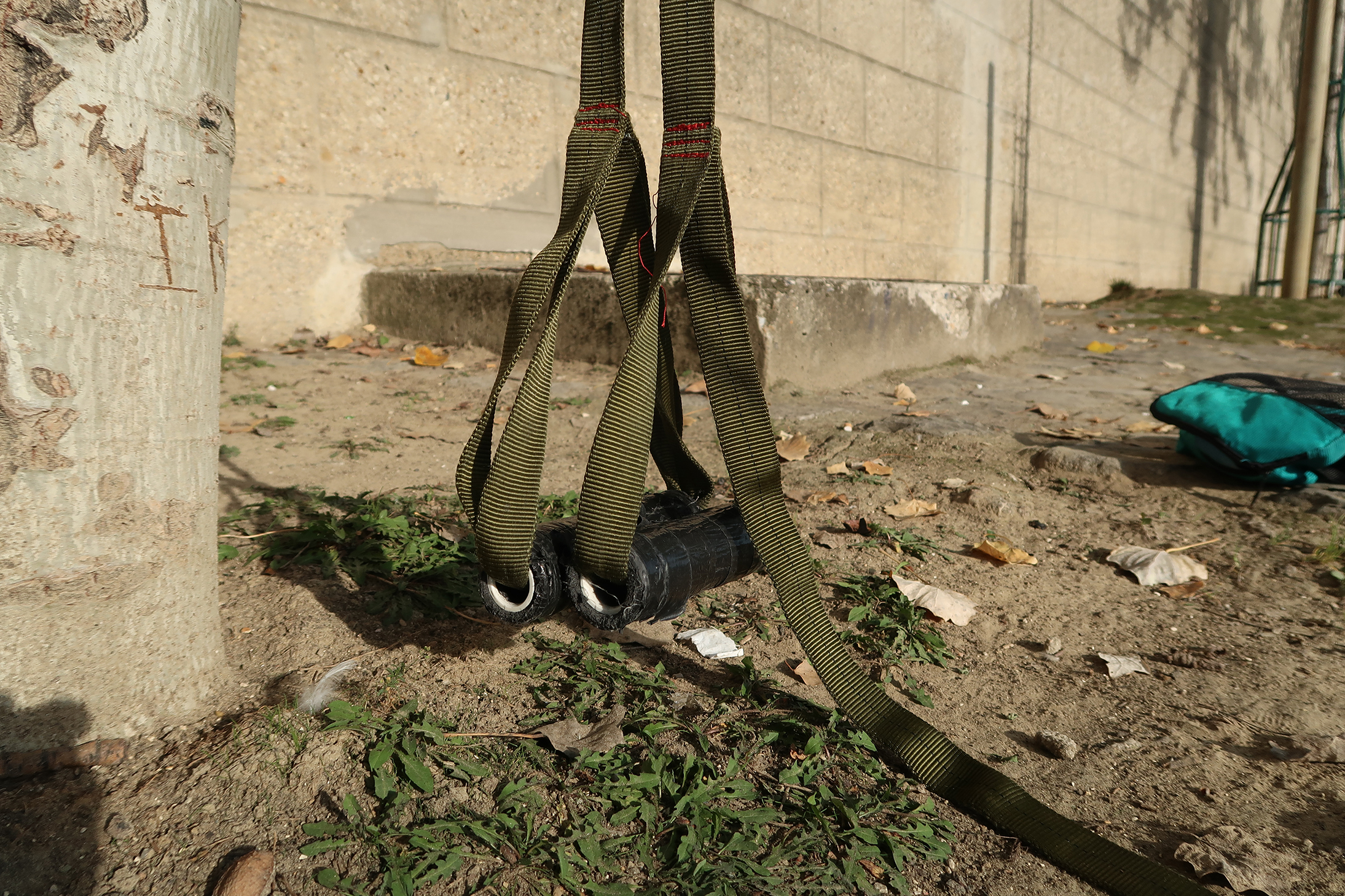
Other than that, here are a few general setup tips to help you get the most out of your straps and workouts:
- Safety first. Once you think you have your suspension trainers set up properly, always test them by giving them a few mighty tugs and running though a couple of exercises. It should be able to support your body weight. If you feel sketchy about the anchor point, go with your gut; it’s probably right, so skip it.
- Give yourself enough space. Some bodyweight exercises require more manoeuvring space than others. Tight, cramped spaces can still work for certain exercises like atomic push-ups or suspension trainer-assisted pistol squats.
- Check your straps. Periodically check your straps to make sure the stitching hasn’t come undone or the straps themselves aren’t horribly frayed from repeated use.
- Modify your exercises according to your setup. If your suspension trainer setup isn’t as ideal as it could be, you don’t have to scratch the workout. You can probably still do simpler exercises, such as bicep curls or mountain climbers. Adjust the exercises as you need to, based on how much space you have and how much force you think you can apply.
It’s important to keep in mind that some suspension trainers can potentially damage more fragile anchor points like a door in your house. Once you get the feel of how secure they need to be, you can learn to attach them to all sorts of different places.
Door Frames
Doors are the most straightforward and simplest places to use your trainers. With most suspension trainers, you can simply throw one end of the straps over the door frame, or use a separate attachment called a door anchor, which helps hold the suspension trainers in place. Door anchors should come with your suspension trainer, but if you don’t have a door anchor, the video below by Daniel Jeal offers a workaround.
There are a handful of caveats with using a door though. Before you start working out full force, make sure the door actually opens away from you. I’m sure you can guess why. That way, if the strap isn’t quite secure, you don’t fall on your arse, break something or seriously hurt someone when the door accidentally swings open. Lock the door if you can and pull on the straps to test it. Then you’re ready to go.
Also, make sure the door and its hinges are robust enough to handle a bit of force. Doors in some countries simply aren’t built to withstand a little suspension trainer action. Lastly, the suspension trainer can potentially chip and damage your door so make sure you’re OK with that.
Pull-up Bars
Pull-up bars at playgrounds or the park are my favourite places to attach suspension trainers. An indoor pull-up bar also works as long as it’s properly secured. I’ve even used tree branches that look thick and strong enough to support my weight. That’s the key though – whatever you use should be strong enough to support your weight.
This video by Ross Eathorne shows you an easy way to attach your straps to a pull-up bar or any horizontal anchor point. The “Winston knot” helps keep the straps in place and avoids them sliding around on the bar when you’re doing more complex moves.
Stairs
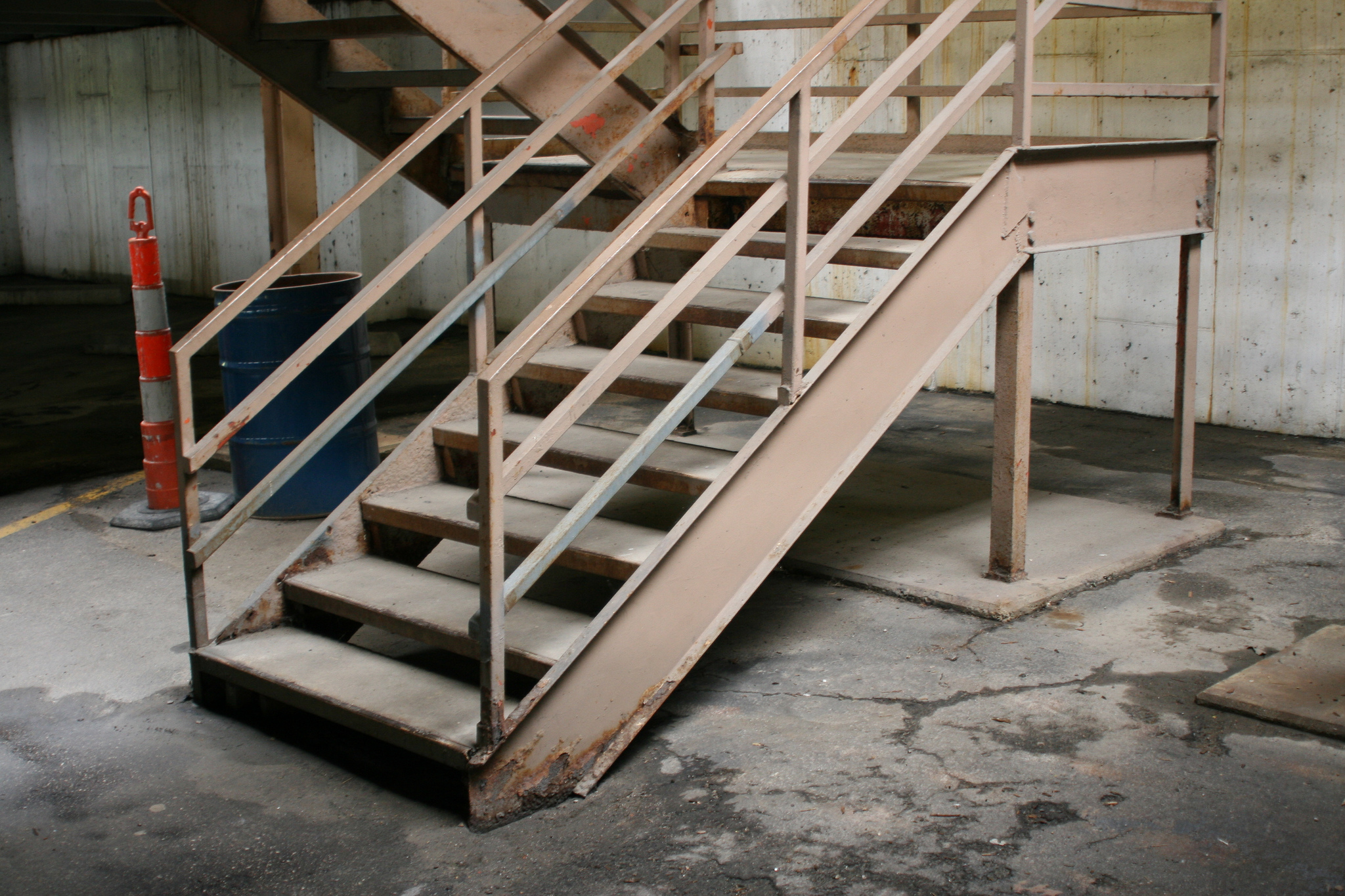
Certain kinds of stairwells, where there’s plenty of space beneath it to move around, are perfect for setting up your straps. Something similar to the picture above can work. You just need to climb up high enough so that you can actually access your suspension trainers at ground level after setting up, attach your suspension trainers to a railing at the top and let the straps drop down. I recommend wrapping your trainer around a couple of times just to make sure the suspension trainer will hold. Again, give your straps a good several tugs to check.
Lamp Posts, Tall Trees Or Other Tall Poles
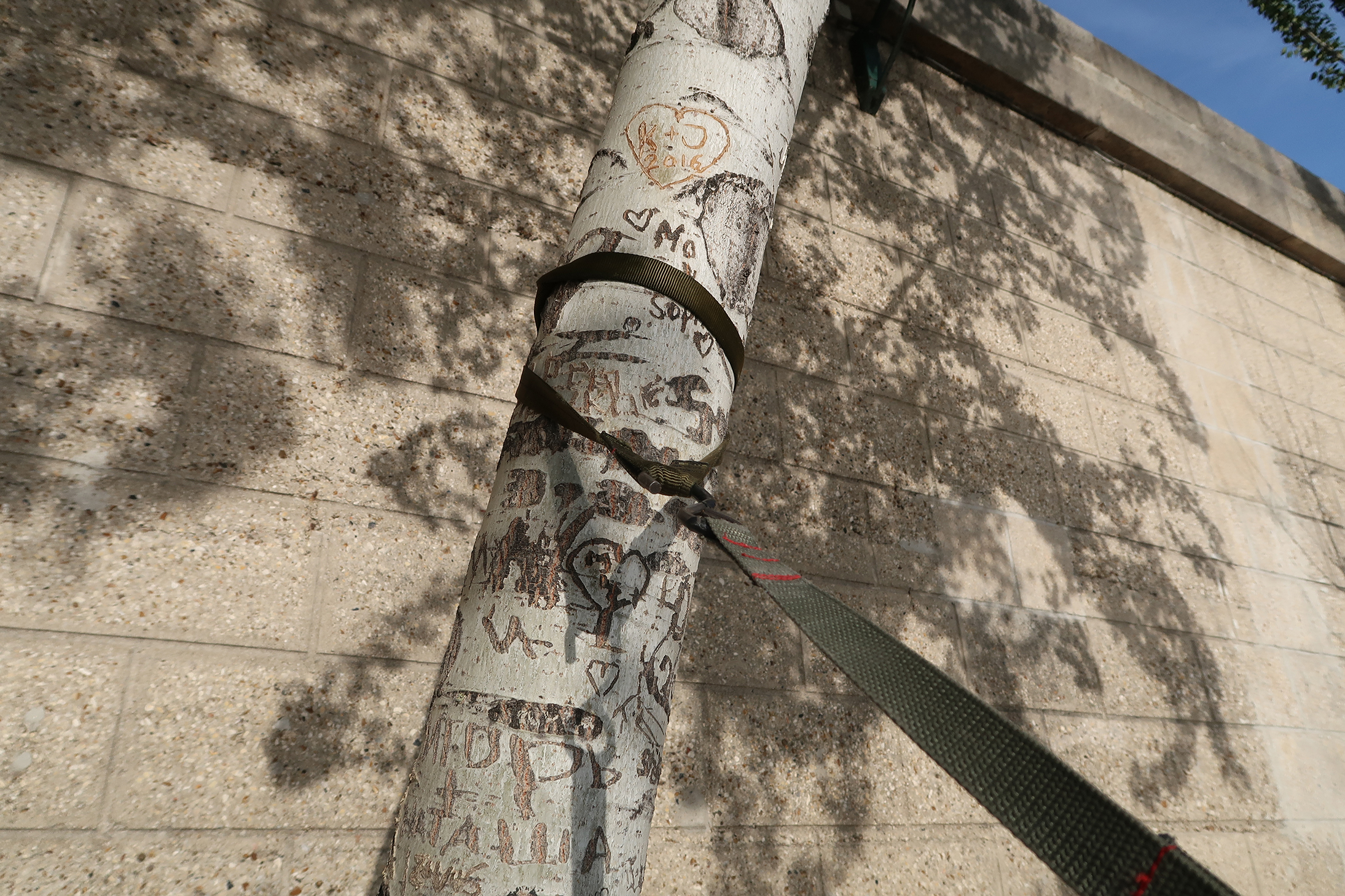
If I can’t find any of the previous objects, I’ll look for street lights, lamp posts, pillars, trees or any sort of tall object instead. The downside though: With the way my suspension trainers are designed, I have a smaller arsenal of bodyweight exercises to work with. The reason is that I have a hard time getting them high enough, and even when I wrap it around twice, it tends to slide down a little.
But they’re still effective for a huge number of exercises, including rows, clock pulls, bicep curls and basically any exercise that you can do at 45-degree-ish angles.
It’s not just these objects either. You can hang suspension trainers from practically anything if it’s high enough and looks like it’s strong enough to support your weight. For example, I set it up pretty securely on this lattice gate along the river Seine in Paris.
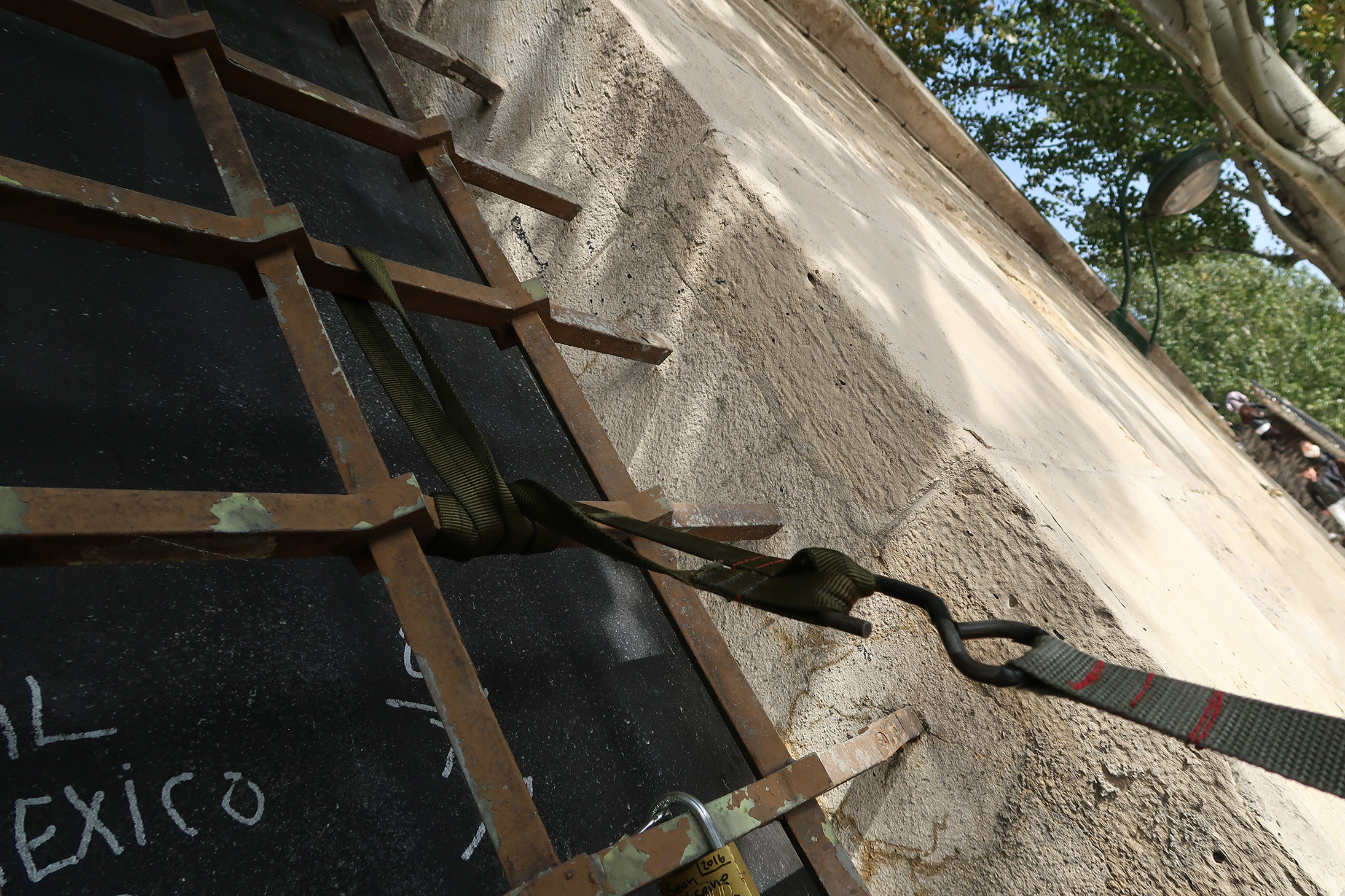
Or this iron ring that’s staked to the wall might work:
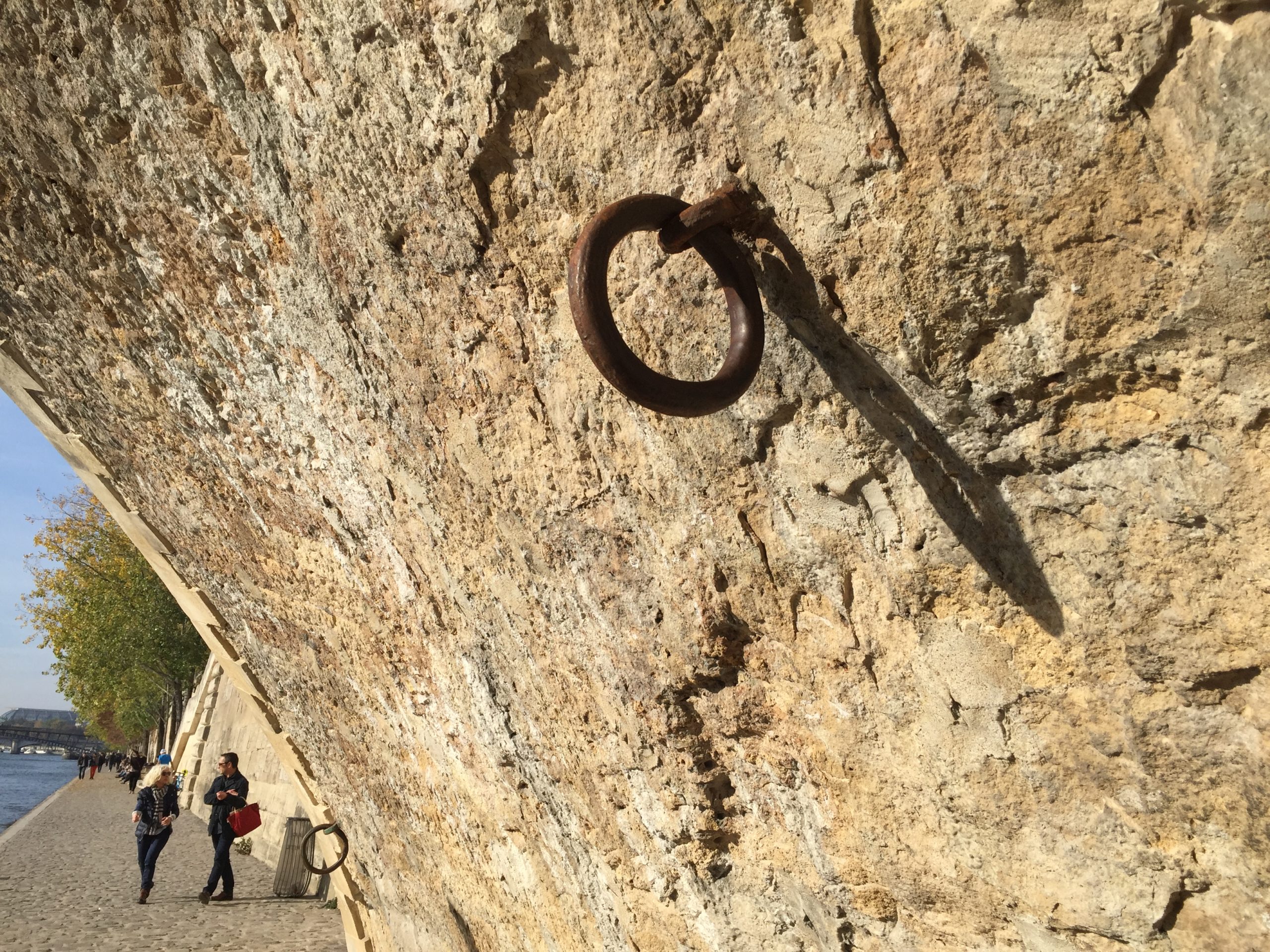
I even got a decent arm workout by attaching it to this ladder.
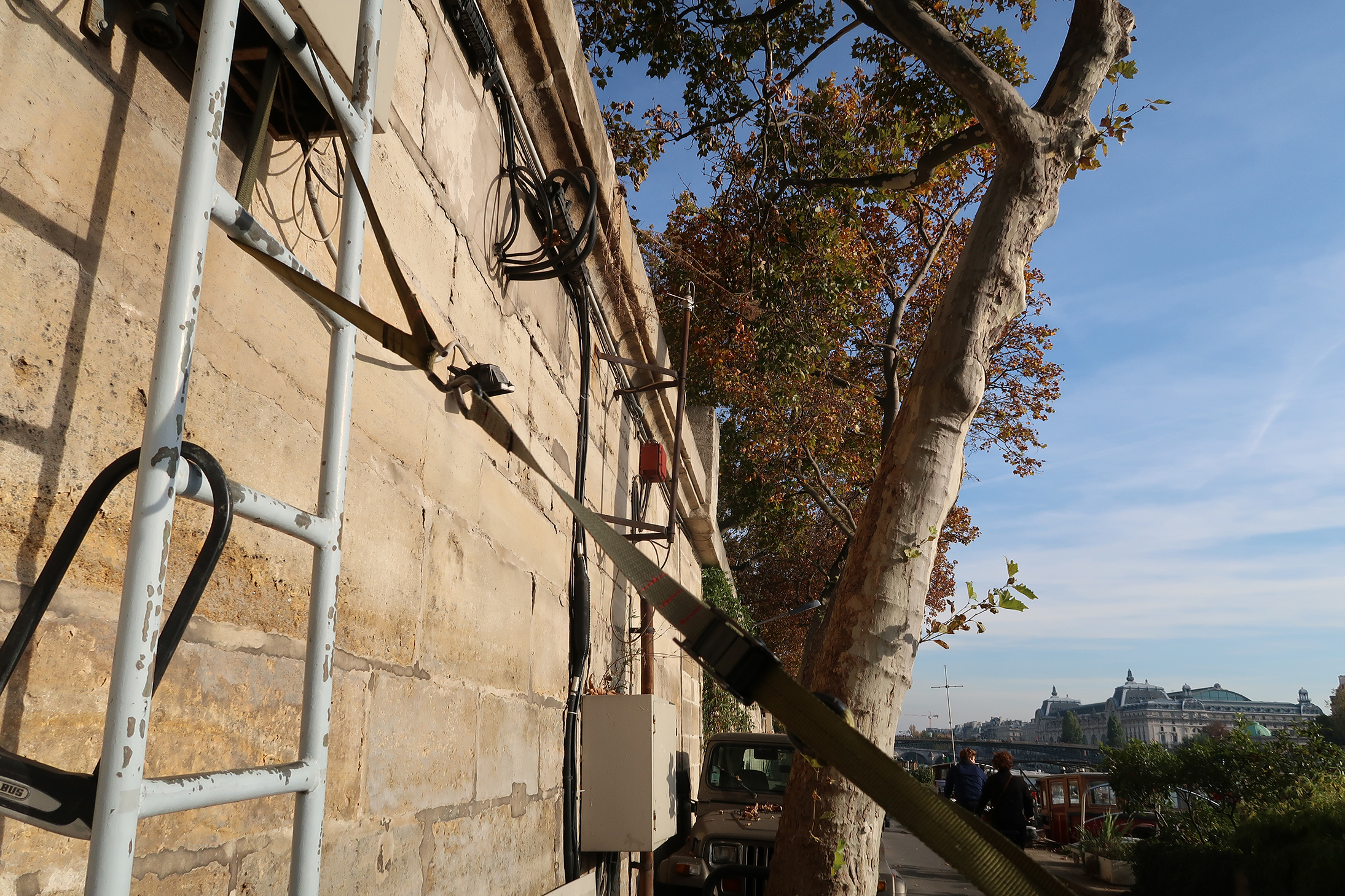
The point is to get creative and look for firm mounting points anywhere. You can make almost anything your gym, but use good judgement. Obviously, don’t trespass or make things inconvenient for others. The way I approach setting up my suspension trainers is like a game, asking myself: How can I turn this into something I can use for fitness?
In my mind, figuring out how and where to set them up is part of the fun of using suspension trainers. As I’ve said before, /”The world is your oyster-gym.” Take a crack at it.
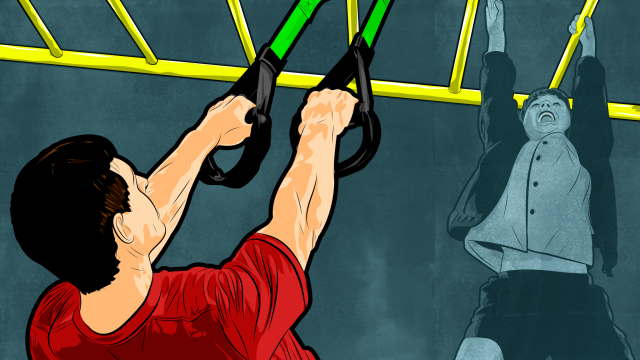
Comments